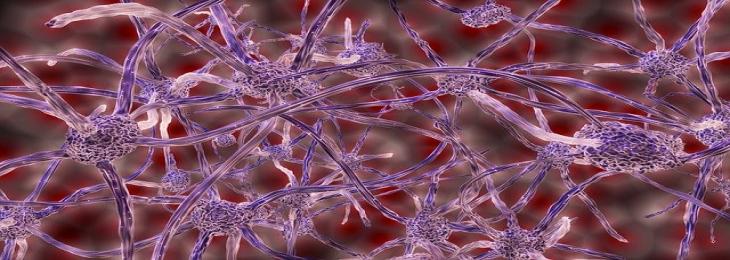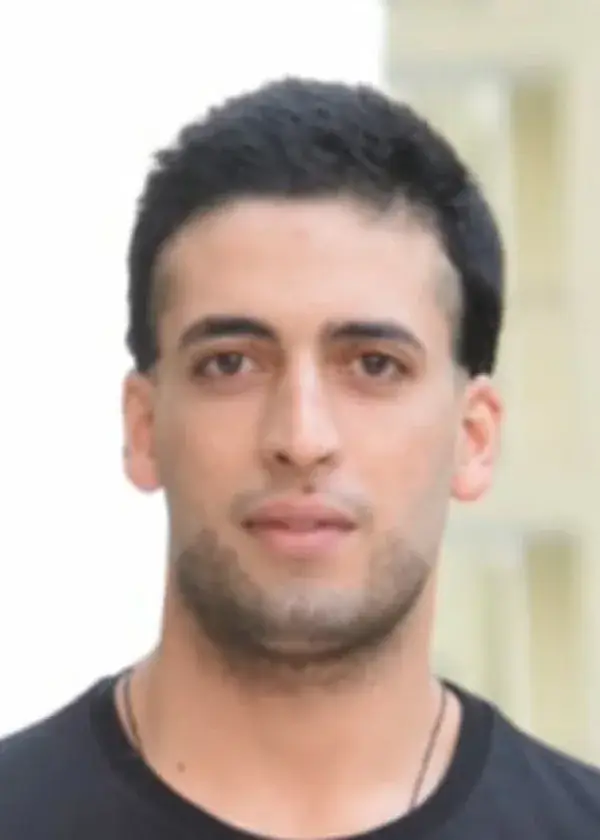
The therapeutic reference of different cases of nervous disorder is conducted to propose a functional neural generation model.
One of the peculiar yet noteworthy cell of the human system is the neuronal cellular system. It is important as it forms the central nervous system (CNS) structure which causes coordination of almost every kind of functions happening in the body. On the contrary it is peculiar as it is the only cellular system of the body, which have a limited period of cellular growth. That is after an age of about 18 year’s neuron stops dividing causing and thereby no more cells are added in to system concerned.
The main cause of divisional inability of neuron is probably due to improper stimulation of regeneration mechanism of the axonal portion of the nerve fiber. Neuron consist of two main ahead known as Dendron and the body portion called as axon. During an injury, inability of the neurons to go in to the damaged site and over imposed feedback inhibition mechanism of this neuronal system preventing them to restart their pathway. In spite of these negative aspect some experimental results do suggest a faint idea about the stimulation of regeneration of this neuronal pathway.
Scientist of Bochum, in a recent study discarded the idea of axonal penetration at an injury site and moreover, they stated that presence of an active protein called as chemokine at the site of an injury. The protein is also known as CXCL 12. They further stated that after releasing this protein at an injury site they induces a chemo attractive phenomena which, actually prevents the action of the axons at the site of injury, thus trapping the regenerating nerve fibers. Researchers of Bochum, using an active optic model, removed this inhibiting protein molecule from the injury site and surprisingly they found a stimulatory effect in the axonal fiber growth. This removal is done by knocking out a receptor called CXCR4 receptor that is responsible for the chemokine protein functional.
The result thus pose an invaluable therapeutic reference in the treatment of this different cases regarding the nervous disorder. Further studies are conducted by the same group of researcher, to propose a fully functional neural generation model.






